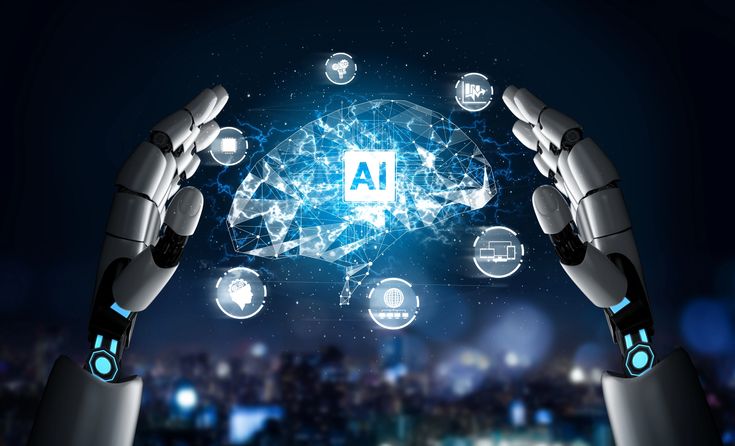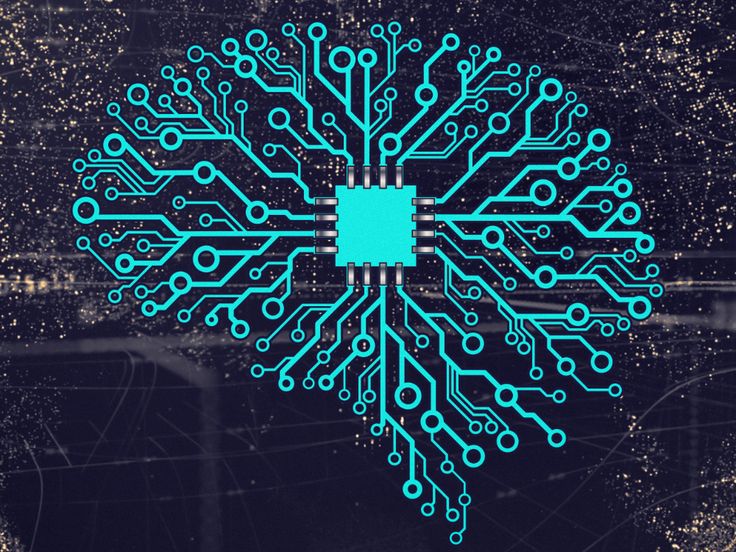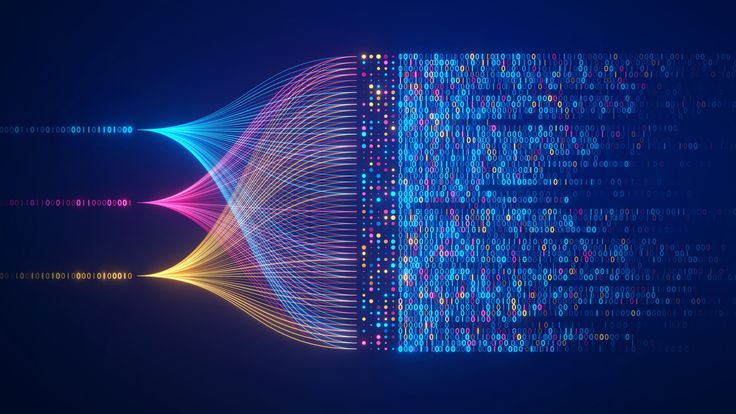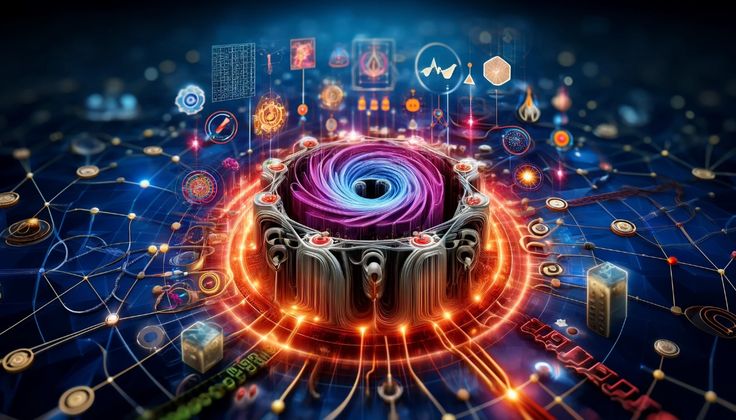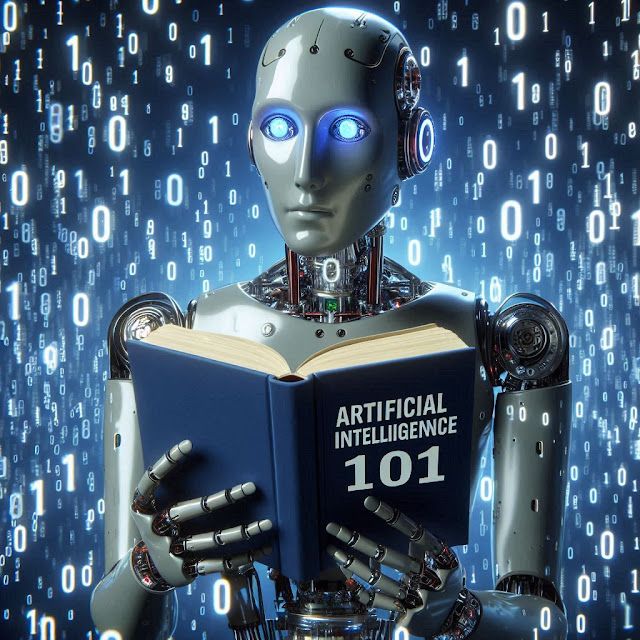Empowering the Future with Neural Networks & AI
Discover insights, innovations, and solutions shaping tomorrow’s intelligent systems. Whether you're a researcher, developer, student, or enthusiast, our platform delivers expert insights, tutorials, and real-world applications to fuel your AI journey.

